Raking up piles of dry leaves might feel never-ending, but turning them into compost can be surprisingly quick with the right approach. There is a science behind composting leaves faster.
Proven Methods for Quicker Results
Composting leaves doesn’t just clear your garden; it creates rich, crumbly compost for your plants. For home composters, speed matters—no one wants endless heaps taking over the yard.
The science behind composting leaves faster relies on a few simple ideas. When leaves break down, it’s all about tiny microbes doing their work, a steady balance of greens and browns, and getting enough air into the mix.
Whether you use a compost tumbler, try vermicomposting, or simply build a backyard pile, this article will break down how decomposition works and share easy tips to help you speed things up.
If you’re curious about methods like the compost layering method or want to master that fine balance in your bin, you’re in the right place.
The Biology of Decomposition: What Happens When Leaves Break Down
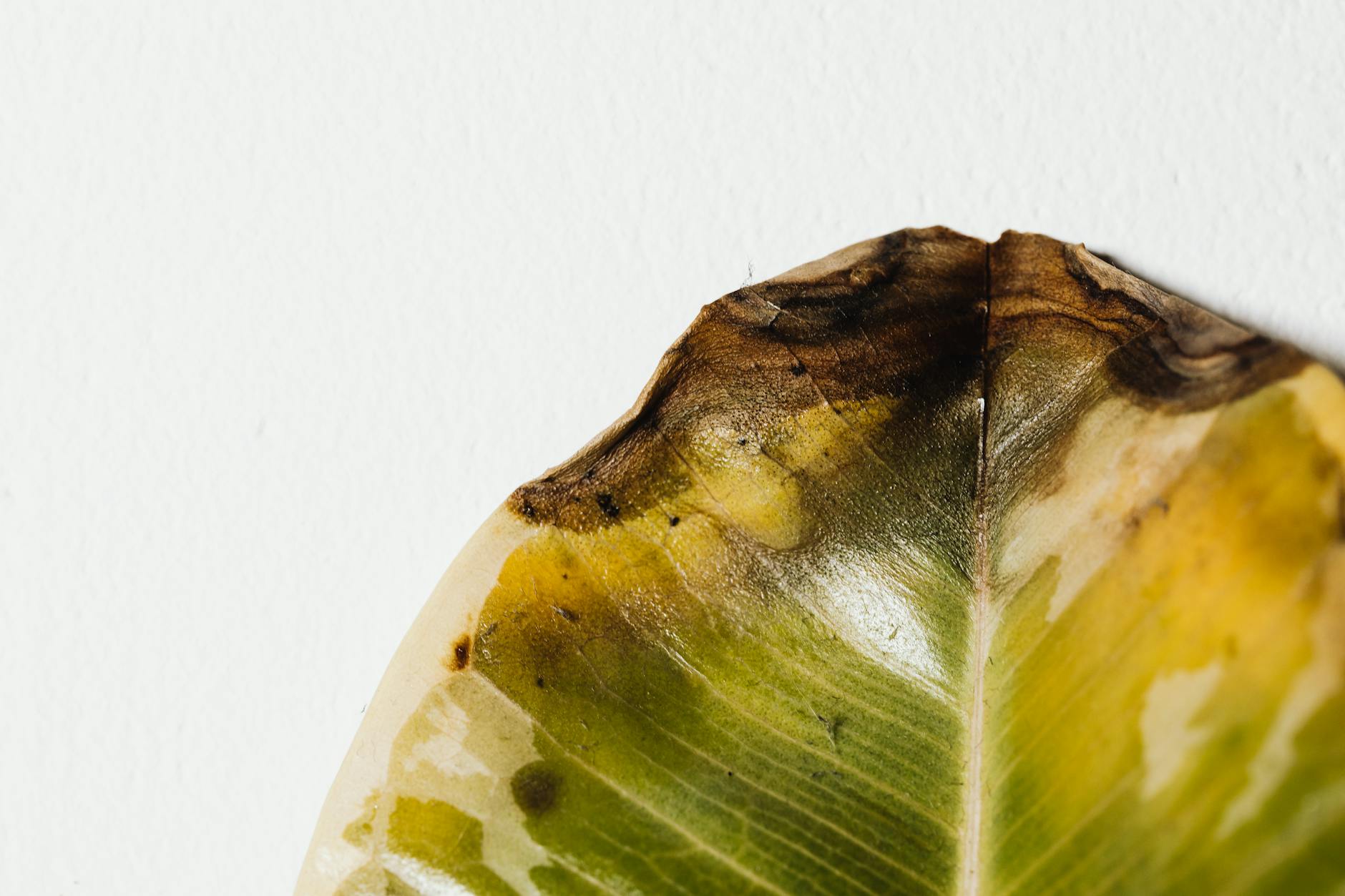 Photo by Kaboompics.com
Photo by Kaboompics.com
When you toss leaves into your compost bin or pile, a fascinating process starts almost right away.
Microbes, worms, and fungi spring into action, feeding on the plant material and slowly turning those leaves into nutrient-rich compost.
While it might seem like simple garden waste, the truth is that the way leaves break down is all about balance and creating the right environment.
Understanding the science behind composting leaves faster can help you create fluffy, finished compost in less time—whether you use a compost tumbler, vermicomposting, or plain old garden piles.
Carbon-to-Nitrogen Ratio: The Key to Fast Decomposition
The foundation of fast leaf composting is something called the carbon-to-nitrogen ratio, often shortened to C:N ratio. Leaves, with their crunchy, brown texture, are packed with carbon—an energy source for microbes.
But too much carbon and not enough nitrogen will stall the process, like baking bread without enough yeast.
For microbes to work their magic, you need a mix of:
- Browns (carbon-rich materials): Dry leaves, cardboard, straw, wood chips.
- Greens (nitrogen-rich materials): Grass clippings, food scraps, coffee grounds, fresh plant trimmings.
The science says microbes work best when the total mix has about 25 to 30 parts carbon for every 1 part nitrogen.
A pile that’s heavy on dry leaves (carbon) but light on kitchen scraps or green grass (nitrogen) will break down much too slowly.
On the other hand, if you overload on nitrogen, your compost may get soggy and smelly.
To keep things humming along:
- Layer browns and greens in your pile. Add a shovel of leaves, then some grass clippings or veggie scraps. Mixing as you go helps.
- Keep an eye on the size of your pile. Too small, and it won’t heat up. Too big, and it can trap moisture and slow the process.
- Adjust as you add new material. If the pile seems dry and stale, toss in more greens. If it’s mushy, add leaves or paper.
For more tips, this detailed guide from Iowa State offers practical advice on how to speed up leaf decomposition in compost.
Moisture, Aeration, and Temperature Control
Moisture, air, and heat are the secret ingredients that take composting from slow and steady to quick and lively.
Let’s break down why each factor matters:
- Moisture: Microbes and worms need water to survive and work fast. Your pile should feel like a wrung-out sponge—damp, but not dripping. Too dry, and everything stalls; too wet, and it smells. If you add a lot of dry leaves, sprinkle a little water as you go.
- Aeration: Oxygen keeps composting aerobic (with air), letting microbes breathe and multiply. Without enough air, your pile turns slimy and breaks down much slower. Turning your pile every couple of weeks helps mix in air and speeds everything up. Find out about the effects of ignoring compost turning to see just how big a difference a simple pitchfork can make.
- Temperature: When everything is balanced, your compost heats up—a sign microbes are feasting away. Heat speeds decomposition, especially in the middle of your pile. In cool weather, toss in more nitrogen sources or try a cover to hold warmth.
Many compost fans swear by the compost layering method.
By stacking layers of browns and greens, you support steady airflow and balanced moisture, making it easy for microbes and worms to work at top speed.
To really keep things moving, try these quick tricks:
- Shred or chop leaves before adding. Smaller pieces decompose much faster.
- Use a compost tumbler to mix air in without breaking a sweat.
- Involve worms by trying vermicomposting for smaller leaf batches.
More insight on rapid breakdown can be found in this guide on how to break down fallen leaves fast, which emphasizes turning the pile and keeping it moist.
Balanced moisture, plenty of turning, and a smart mix of browns and greens make the difference when it comes to the science behind composting leaves faster.
If you’re curious when to add or turn, check out the Composting Calendar Guide for seasonal tricks and tips.
Techniques and Tools to Speed Up Leaf Composting
Wondering how to get those leaf piles to turn into beautiful, crumbly compost in record time? Science tells us it’s not just about patience—choosing the right tools and little tweaks can make a big difference.
Let’s look at simple ways to boost the science behind composting leaves faster and turn those crunchy heaps into rich, earthy goodness.
Using a Compost Tumbler for Quicker Results
 Photo by Mathias Reding
Photo by Mathias Reding
A compost tumbler is kind of like a giant salad spinner for your garden scraps.
By turning the drum, you bring fresh air into the pile and mix everything up—which gives microbes all they need to break down those leaves at top speed.
Why does it work so well?
- Tumblers keep the compost off the ground, locking in warmth and moisture. Microbial activity thrives when conditions are just right, and tumblers provide that even, cozy environment.
- Each spin brings in a burst of oxygen. This means aerobic bacteria (the good, smell-free ones) can work harder and faster to convert leaves into compost.
- No more hauling the pile over with a fork! Just give a quick turn every few days.
Best practices for fast leaf breakdown:
- Chop or shred your leaves before adding to the tumbler for quicker results.
- Balance your leaves (carbon) with “green” materials like vegetable scraps or grass clippings for a good carbon-to-nitrogen ratio.
- Don’t overstuff—leave some room for airflow.
- Roll or spin the tumbler every few days to keep things fluffy and mixed.
Curious about the nuts and bolts? Check out how to use a compost tumbler for step-by-step guidance.
For even more details, Start Composting in a Tumbler: Your Quick & Easy Guide has great tips on how tumblers work.
Vermicomposting: Worms as Leaf Decomposition Powerhouses
The science behind composting leaves faster isn’t just about heat and air—sometimes, you need a little help from hardworking worms.
Vermicomposting is the process of letting special composting worms (think red wigglers, not garden earthworms) eat your leaves and turn them into rich, dark castings.
Here’s what makes vermicomposting so effective:
- Red wigglers digest leaf matter lightning fast. Their digestive systems break down cellulose and other plant fibers, making nutrients quicker for your soil.
- Worms naturally mix the compost, keeping air flowing and distributing moisture.
- Finished vermicompost is crumbly and full of plant-friendly nutrients, perfect for garden beds or pots.
How to get started:
- Set up a bin with a mix of shredded leaves, food scraps, and damp bedding.
- Add your red wigglers and let them go to work.
- Keep the bin moist (like a wrung-out sponge) and in a shaded, mild spot.
Ready to take the plunge? Visit starting a vermicompost bin at home for a gentle introduction.
For hands-on tips, How to Start a Worm Bin the Right Way walks you through everything from bin setup to happy worm care.
Shredding and Layering: Maximizing Surface Area and Oxygen
Not all composting hacks require special gear.
Sometimes, scissors and a little planning do the trick! Shredding and layering your leaves is one of the most underrated ways to speed up composting—just plain science at work.
Why does shredding matter?
- Small leaf pieces mean more edges for microbes to chew on, so decomposition happens faster.
- Shredded leaves let more air move through the pile, preventing smelly, messy build-up.
How to layer for results:
- Alternate thin layers of shredded leaves with green waste like grass, veggie peels, or coffee grounds.
- Add a light sprinkle of water if things look dry.
- Avoid thick mats of leaves which can smother the pile and slow things down.
By stacking your pile like a lasagna, you feed both microbes and worms, keeping the whole system buzzing with life.
For more on stacking and mixing techniques, check out six effective composting methods.
Want even more layering inspiration? The guide on 6 Ways to Make Great Compost shares quick, practical tips for every style of pile.
These techniques, rooted in the science behind composting leaves faster, make composting less of a waiting game—and more a satisfying, hands-on part of your garden routine.
Common Mistakes Slowing Leaf Composting (and How to Avoid Them)
No one enjoys watching their pile of leaves sit for months without turning into useful compost. If your leaf compost seems stuck, you’re not alone.
Even experienced gardeners hit snags.
The science behind composting leaves faster relies on a few essentials—get these wrong, and your pile will slow to a crawl.
Let’s tackle the most common composting mistakes and simple fixes to keep your pile humming along.
Troubleshooting Slow Leaf Compost: FAQ
 Photo by Robbi F
Photo by Robbi F
Many folks ask: Why does my leaf pile break down so slowly? Often, it’s not about bad luck—just a few small hiccups in the process.
Here are common questions, quick answers, and a few science-backed fixes:
Why isn’t my leaf pile heating up?
- Piles that stay cold usually need more nitrogen. Leaves alone are full of carbon, so be sure to toss in “greens” like grass clippings or food scraps. Keeping the mix damp (like a wrung-out sponge) boosts microbial action, which creates heat.
- Turning the pile helps too—if air can’t reach the inside, decomposition slows down. Want a routine for best results? Check out this easy guide to how often to turn compost.
Is it bad if my pile smells sour or attracts flies?
- Strong smells or swarms of bugs suggest something’s off. Too much wet waste, not enough air, or meaty scraps can make a pile slimy or stinky. Only compost plant matter—avoid dairy, meat, and oils.
- Chop or shred leaves and food waste before adding to help everything blend and break down evenly.
- For more tips on what to compost (and what to skip), see the Don’t Toss It Guide.
Do I need fancy tools or a compost tumbler to fix slow leaf compost?
- While compost tumblers and aerators speed things up, you don’t need fancy gear. A pitchfork or turning with a shovel works well. The science behind composting leaves faster is about movement, air, and balance—not just tools.
- If you want to learn the basics, these tips for avoiding common composting mistakes are helpful for new and experienced composters alike.
How do I know if my leaf pile is too wet or too dry?
- Squeeze a handful—if water drips out, it’s too wet. If it’s bone dry, mist with water as you add new layers.
- Piles left open to lots of rain can get soggy; cover with a tarp during downpours if needed.
Why does it feel like my pile never shrinks?
- Large, whole leaves break down slowly. Shred them before composting to speed things up. Don’t worry if volume takes a while to drop—finished compost is lighter and smaller, so patience (plus a little science) pays off.
If you want answers fast, the Compost Charm FAQ bot provides instant composting advice and helps troubleshoot slowdowns in real time.
There’s no need to play guessing games with your pile.
A slow compost pile can be fixed with the right steps. For a deeper dive into moisture, airflow, and material mix, visit expert guides like top composting mistakes and how to avoid them or check out the troubleshooting section in this Cow Dung Compost Guide, which applies to leaf piles too.
Remember, the science behind composting leaves faster is simple but easy to miss.
Address imbalance, dryness, lack of airflow, or oversized leaves and your pile will come back to life—no magic needed, just a little composting know-how.
Conclusion
The science behind composting leaves faster is friendly to anyone willing to experiment.
At its core, composting asks us to balance carbon-rich leaves with nitrogen-rich greens, offer the right dose of water and air, and trust natural helpers—microbes, worms, and time.
Shredding leaves, mixing layers, and using a compost tumbler or even vermicomposting can make a real difference in how quickly your pile transforms into earthy compost.
Try different methods, turn your pile often, and watch how small changes—like snipping leaves or keeping the mix moist—speed things up.
Each compost setup is a chance to learn and adjust. Want a clear look at what belongs in your tumbler and what to avoid? Visit the guide on items to exclude from compost tumblers for extra tips.
Composting doesn’t need to be complicated. When you see those crunchy leaves break down into dark, crumbly compost, you’ll know the science works.
Thanks for joining in and nurturing a greener garden. If you fine-tune your pile or try something new, share your story—your simple tweak might inspire someone else!
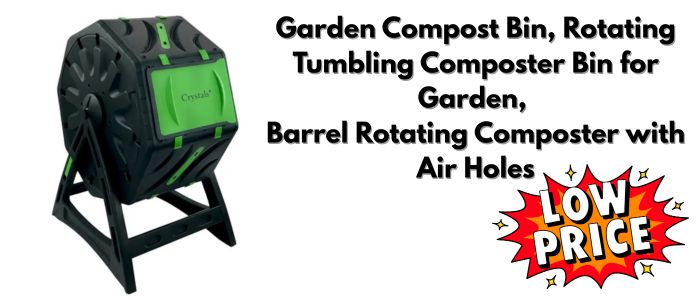

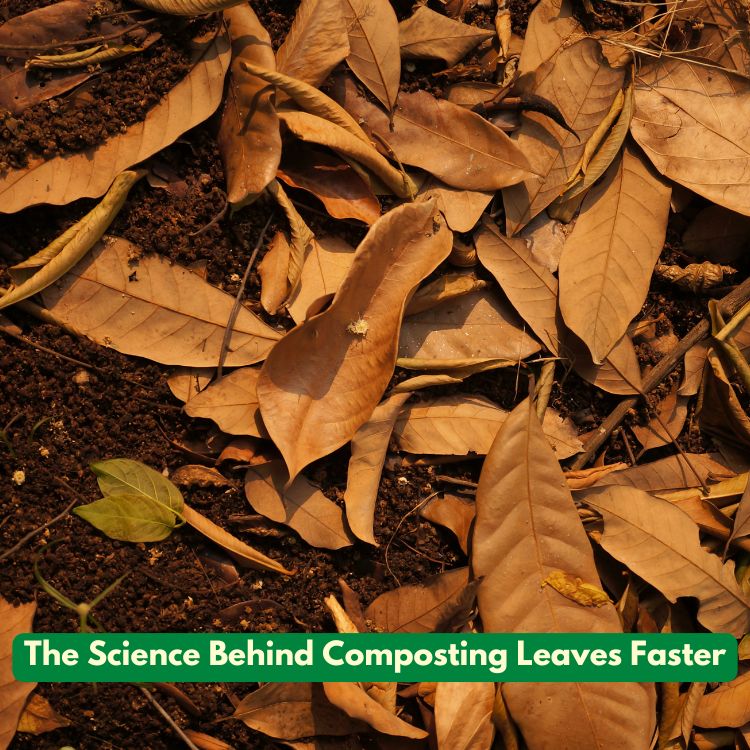
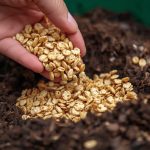
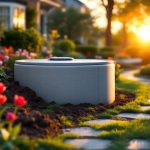

It was good content. It helped me a lot.